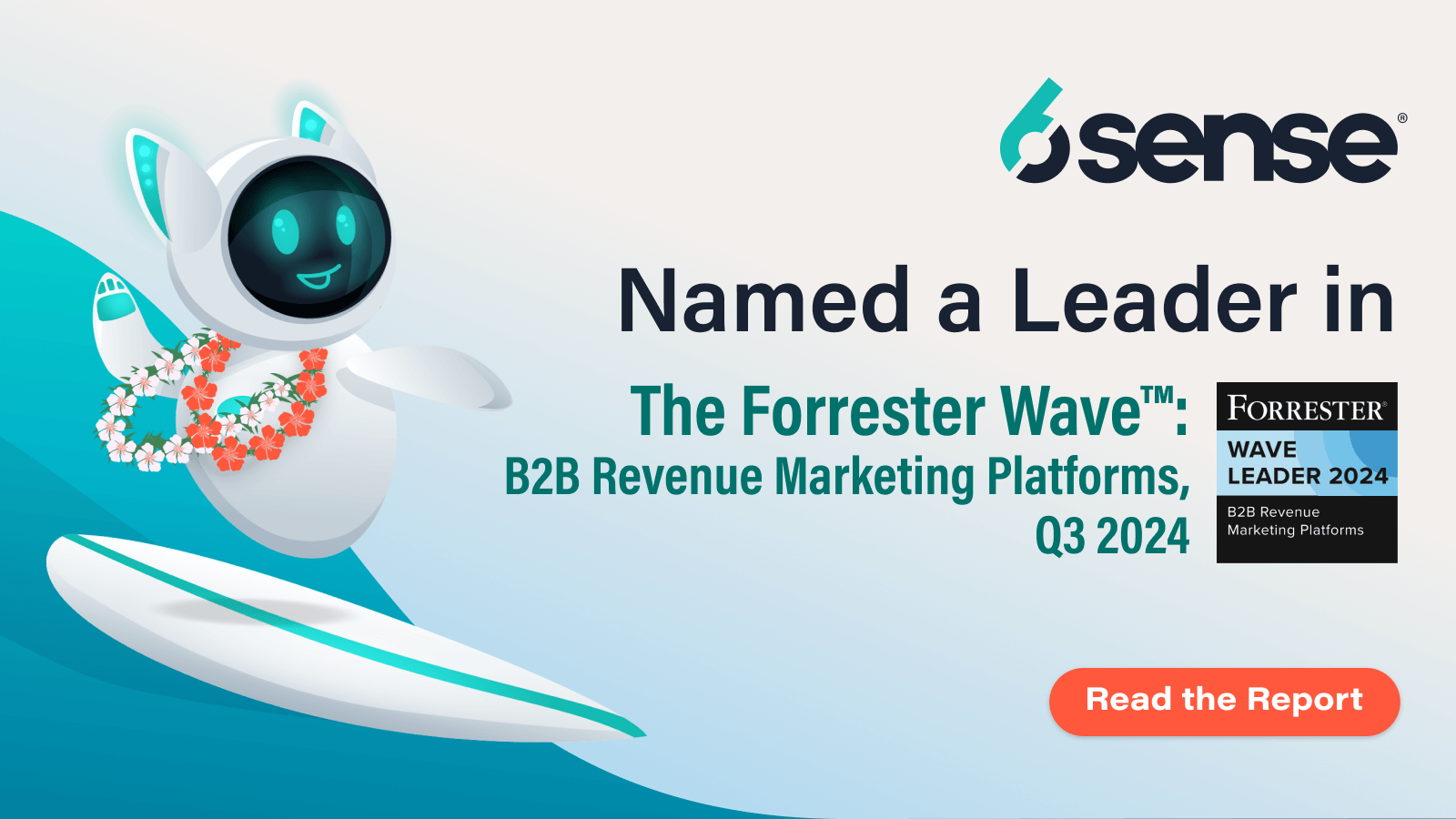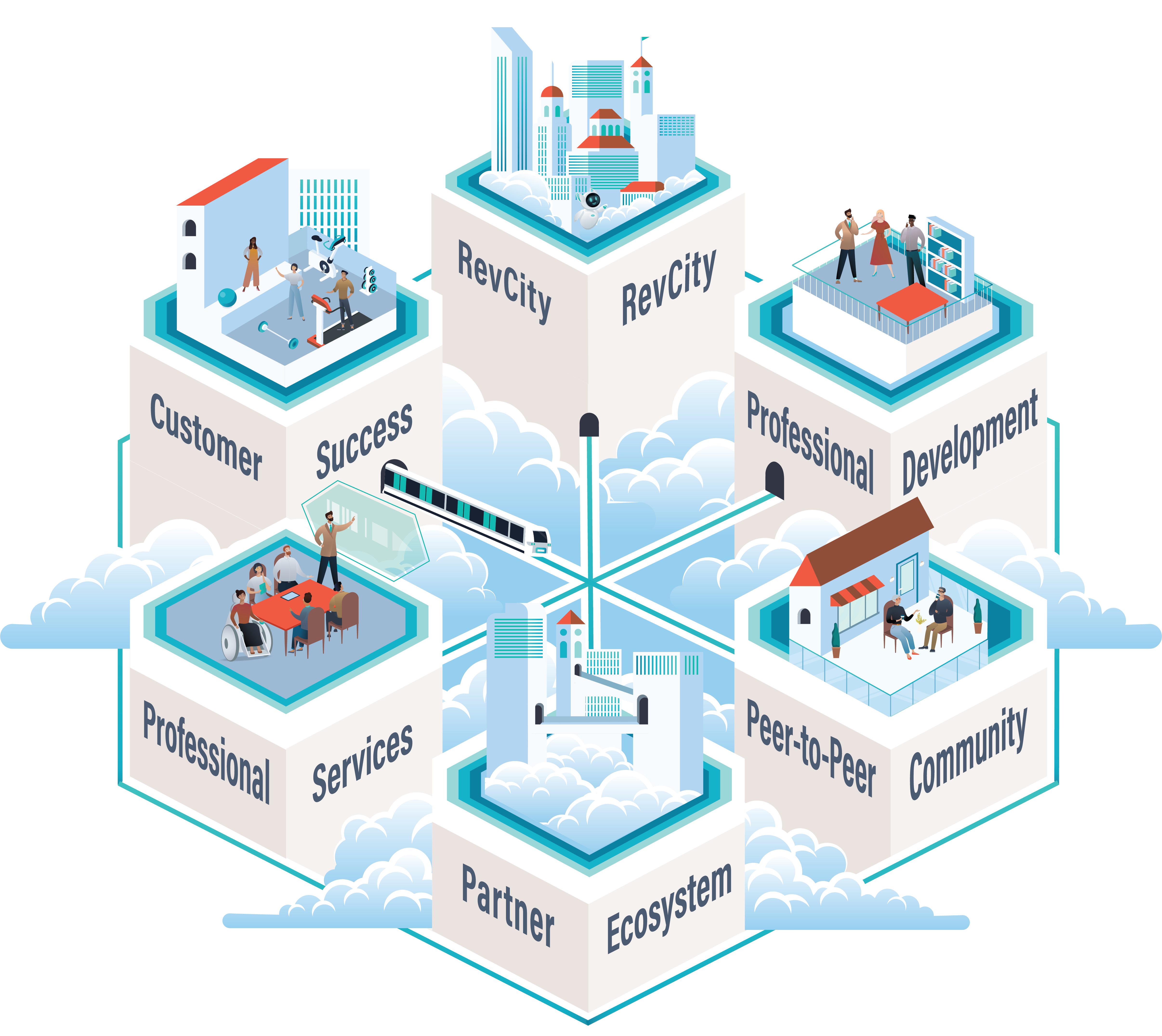As a sales leader, it can be hard to understand what a lead, prospect, or opportunity is. Even today, many organizations, industries, and functions struggle to define these terms. But getting your lead qualification and prioritization framework right is key to success.
So, let’s look at leads, prospects, and opportunities from a cross-functional lens that includes inbound, outbound, and marketing narratives.
What Are Leads?
For marketing, a lead is any decision maker or business within your total addressable market (TAM) that’s made their first contact with your brand’s marketing real estate. They arrive through inbound channels your marketing team has created and optimized.
Outbound teams, on the other hand, consider anyone they reach out to as a sales lead.
Aim for a definition that helps both marketing and outbound teams work efficiently: A lead is any decision maker or organization that’ll use your product or service.
You need to focus on the best leads for your product, but you need data to identify them. Marketing and sales can find inbound and outbound leads by leveraging the right data.
What Are Prospects?
Leads become prospects when they exhibit an interest in exploring your product. They either download your material, or sign up for a trial, or subscribe to your newsletter. These are all signs that they want to learn more about your product and make a purchase.
When an outbound rep successfully gets a lead to agree to demo your product, or show interest in buying, they become a prospect in the eyes of the sales team.
But it’s not just about getting a lead to agree to a demo or show interest in buying. Prospects actively go out of their way to learn more about a product or service to reach a stage where they’re knowledgeable enough to make a purchase decision.
What Are Opportunities?
Opportunities are prospects that have successfully passed your marketing real estate filters, interacted with the sales team, and were identified as prospects who could make an immediate purchase.
The challenge is to identify prospects that are likely to move to the decision stage. Revenue teams can do this by using buyer intent data and AI to predict buying stages.



